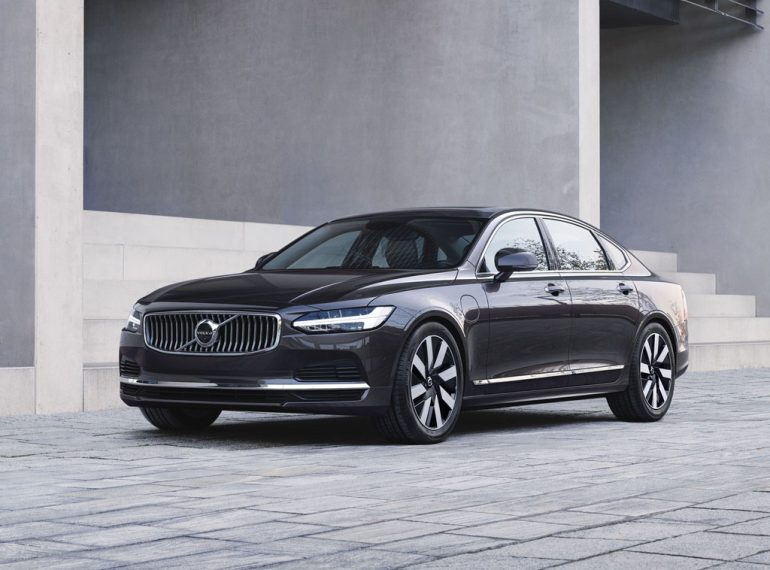Automotive

It’s official—the Volvo S90 is no longer being imported to the U.S., marking a bittersweet farewell for one of the more distinct offerings in the midsize luxury sedan segment. While its departure won’t shake up the sales charts, it does signal a deeper industry ripple that’s starting to reshape the way automakers approach the American market, particularly as tariffs tighten their grip on Chinese-built vehicles.
Built exclusively in Daqing, China since 2018, the S90 always had a bit of an uphill climb stateside. It was a slow seller even before the political and economic climate turned stormy. Last year, just 1,364 units found homes in the U.S.—a modest number that likely made the decision to pull the plug a bit easier for Volvo. But it’s not just about demand. The real dagger was the recent surge in import tariffs, with the Trump administration’s latest move slapping a staggering 125-percent tax on Chinese-built vehicles. That’s five times higher than the standard 25-percent tariff and effectively renders the S90 financially unviable in this market.

Volvo, understandably, decided not to fight that uphill battle. As one unnamed insider told Automotive News, “It’s a low-volume car for the US. Rather than deal with [the tariffs], they are just going to cut it out.” It’s a pragmatic choice in an increasingly unpredictable trade environment. Other manufacturers like Lotus, JLR, Volkswagen, and Audi have also started reassessing their U.S. strategies, pausing shipments or reevaluating supply chains in light of the tariff chaos.
For us at Automotive Addicts, the end of the S90’s U.S. run is particularly unfortunate. We’ve had the chance to spend time with several S90 press vehicles over the years, and despite one of them being plagued with some serious electronic gremlins, we genuinely admired what the S90 brought to the table. It wasn’t just another luxury sedan—it had character. The long, clean Scandinavian lines, minimalist-yet-warm interior design, and calm, composed driving demeanor made it a standout in a sea of sameness. While the German trio often dominates the conversation, the S90 whispered instead of shouted—and that was part of its charm.

With the sedan landscape shrinking and crossovers like the XC90, XC60, and XC40 continuing to dominate Volvo’s U.S. sales, it’s clear where the brand’s focus lies. The company is reportedly cutting incentives across its lineup to help fund future efforts to absorb tariff pressures. Given that 96.8% of Volvo’s U.S. sales are imports, that’s no small feat. It’s a reminder of just how intertwined global manufacturing and local policy have become—and how quickly that relationship can impact what we see on dealership floors.
The S90’s departure may not stir headlines like the end of the Dodge Challenger or Chevrolet Camaro, but it matters. It’s a sign of the times, where policy and pricing are increasingly shaping what cars get a chance to shine. And if the current climate holds, the S90 may not be the last casualty of this international chess game.

So long, S90. You weren’t perfect, but you were memorable.
FOLLOW US TODAY:

